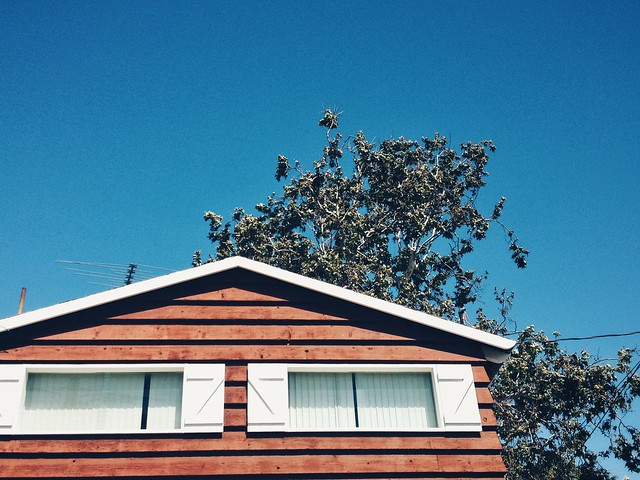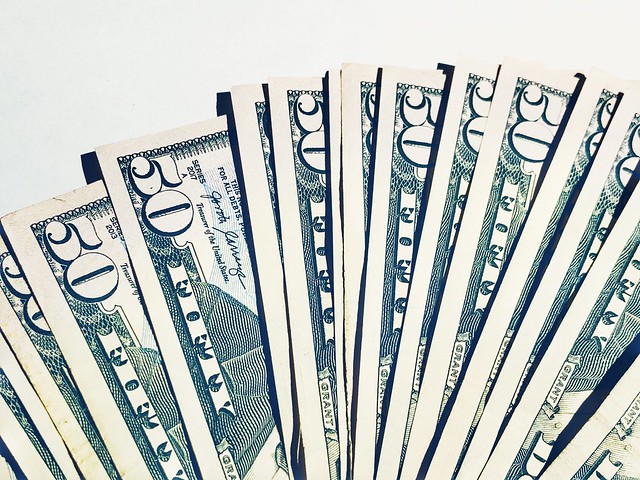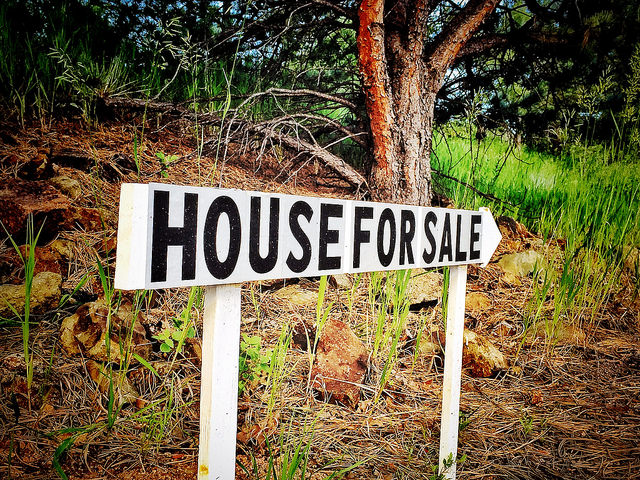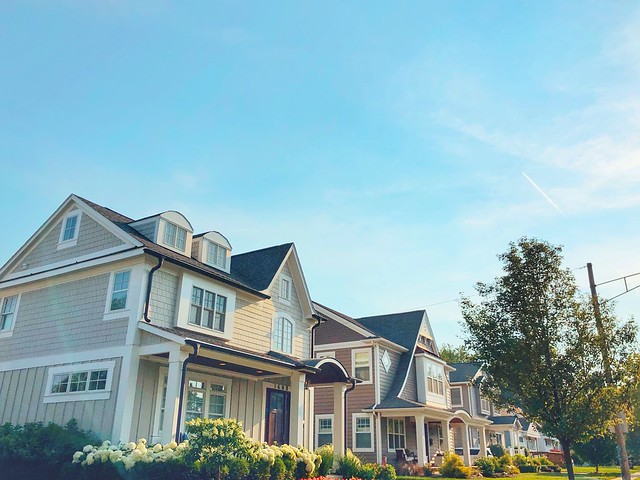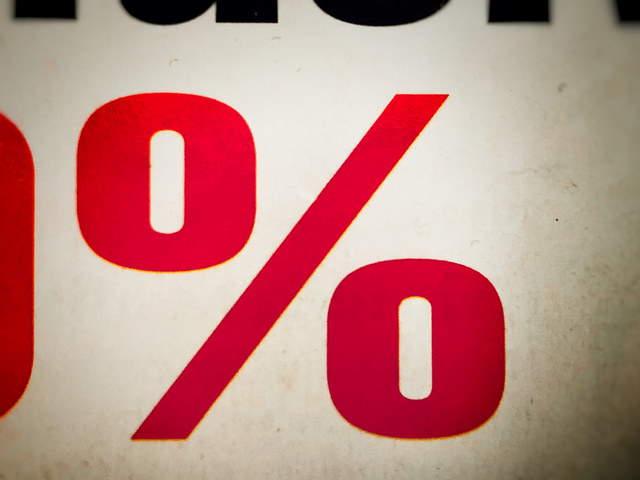Among home-improvement projects, painting is a lot easier than having to remodel a kitchen or redo an entire bathroom. That’s why it’s smart for home buyers to look beyond the color of a home’s walls when deciding whether or not the house is a good fit for their needs. After all, if you hate the color of the living room but love everything else about the house, it’s a fairly simple problem to solve. But while that’s true, it doesn’t mean the color of a home’s walls don’t influence buyers’ perceptions of the homes they tour. In fact, according to one recent survey, the right paint color can not only help generate interest but also more money. For example, the survey found that light blue bathrooms ranked high with respondents and could help the house sell for more than $4,500 more than expected. Conversely, mint green kitchens were unpopular and meant a sales price of almost $2,000 less. Ultimately, though boldly colored rooms can sometimes help generate buyer interest, neutral colors – like beiges, whites, and grays – scored highest, especially when used in a home’s most trafficked spaces. (source)





